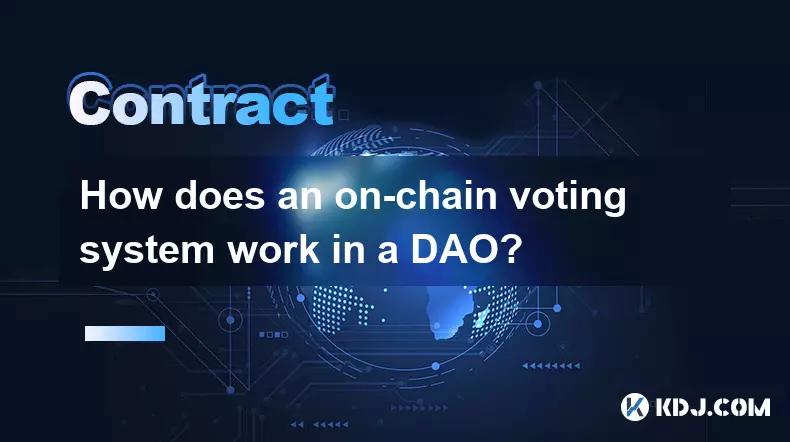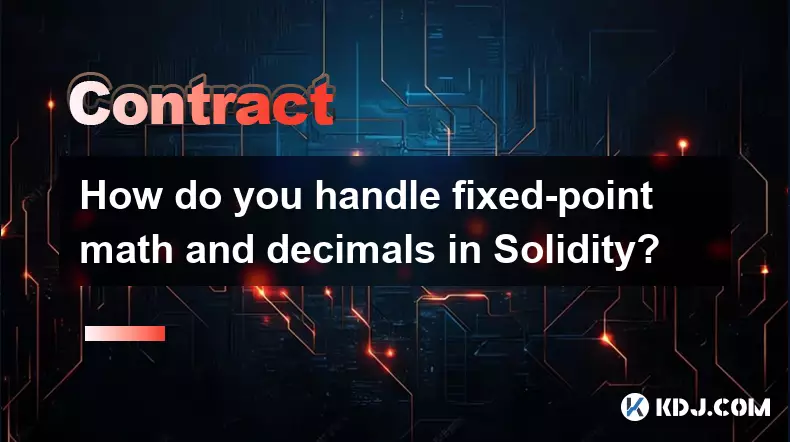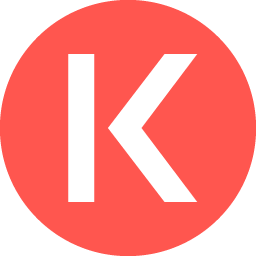-
 bitcoin
bitcoin $101752.865364 USD
-1.09% -
 ethereum
ethereum $3382.985899 USD
-1.38% -
 tether
tether $0.999658 USD
0.04% -
 xrp
xrp $2.272505 USD
-1.51% -
 bnb
bnb $989.089004 USD
0.14% -
 solana
solana $156.962612 USD
-3.08% -
 usd-coin
usd-coin $0.999776 USD
0.01% -
 tron
tron $0.290786 USD
-0.69% -
 dogecoin
dogecoin $0.174594 USD
-2.86% -
 cardano
cardano $0.560085 USD
-3.55% -
 hyperliquid
hyperliquid $40.023704 USD
-5.75% -
 chainlink
chainlink $15.324649 USD
-2.78% -
 bitcoin-cash
bitcoin-cash $493.576540 USD
-3.52% -
 zcash
zcash $571.320038 USD
-12.05% -
 stellar
stellar $0.280066 USD
-4.26%
How to use a demo account to practice trading contracts?
A demo account lets traders practice contract trading with virtual funds, mastering strategies, risk management, and platform tools without financial risk.
Nov 06, 2025 at 08:55 am

Understanding the Purpose of a Demo Account in Contract Trading
1. A demo account allows traders to simulate real market conditions without risking actual capital. This environment mirrors live trading platforms, offering access to current price data and order execution mechanics.
- Traders can experiment with different contract types such as futures, perpetual swaps, or options. These instruments often involve leverage, margin requirements, and funding rates—all of which can be tested safely in a simulated setting.
- The psychological aspects of trading—such as managing fear, greed, and decision-making under pressure—are also replicable in a demo environment. Practicing consistently helps build discipline and emotional control.
- Most major cryptocurrency exchanges provide demo accounts integrated into their trading interfaces. Users typically need only register an account and switch to the test mode to begin practicing.
- Using a demo account enables new traders to gain hands-on experience while avoiding financial loss during the learning curve.
Setting Up and Navigating Your Demo Trading Interface
1. After selecting a reputable exchange that supports paper trading, navigate to the derivatives or futures section and locate the demo or practice mode option. Activation usually requires a single click.
- Once activated, the platform credits the demo wallet with virtual funds. These balances behave identically to real deposits when opening, adjusting, or closing positions.
- Familiarize yourself with key interface elements: order books, price charts, position size selectors, leverage sliders, and profit/loss calculators. Understanding these tools is essential for effective contract management.
- Practice placing various order types—market, limit, stop-limit, and take-profit orders—to observe how they execute under different market conditions.
- Consistent interaction with the trading interface builds muscle memory and improves reaction time during fast-moving market events.
Developing and Testing Strategies with Simulated Contracts
1. Use historical price data and live feeds to backtest strategies. For example, apply technical indicators like moving averages, RSI, or Bollinger Bands to identify entry and exit points.
- Test risk management techniques by adjusting position sizes, setting stop-loss levels, and experimenting with different leverage ratios. Observe how each variable impacts overall portfolio performance.
- Simulate high-volatility scenarios such as Bitcoin halvings, macroeconomic announcements, or exchange outages to evaluate strategy resilience.
- Keep a detailed trading journal within the demo phase. Record every trade’s rationale, outcome, and emotional state to identify behavioral patterns over time.
- Repeated strategy validation in a risk-free environment increases confidence and reduces impulsive decisions when transitioning to live markets.
Frequently Asked Questions
What is the difference between a spot demo account and a contracts demo account?A spot demo account simulates buying and selling cryptocurrencies at current prices, while a contracts demo account includes features like leverage, margin, short-selling, and liquidation mechanics specific to derivative products.
Can I access the same tools on a demo account as I would on a live account?Yes, most exchanges ensure feature parity between demo and live environments. Charting packages, API access, order types, and risk controls are generally identical.
Do demo accounts reflect real market liquidity?While price movements are based on real-time data, demo accounts do not replicate slippage or liquidity constraints exactly. Large simulated orders may fill instantly, unlike in live markets where depth matters.
How long should I use a demo account before trading with real funds?There is no fixed timeline, but consistent profitability over several weeks across varying market conditions indicates readiness. Focus on process consistency rather than just profits.
Disclaimer:info@kdj.com
The information provided is not trading advice. kdj.com does not assume any responsibility for any investments made based on the information provided in this article. Cryptocurrencies are highly volatile and it is highly recommended that you invest with caution after thorough research!
If you believe that the content used on this website infringes your copyright, please contact us immediately (info@kdj.com) and we will delete it promptly.
- Ripple (XRP) in 2026: Hold or Fold? A Look at XRP's Future and Emerging DeFi Alternatives
- 2025-11-08 18:35:01
- Zcash ZEC Coin Price Explosion: From Privacy Niche to Center Stage
- 2025-11-08 18:55:01
- Berachain Price Prediction: Navigating the Honeycomb Hype in Crypto
- 2025-11-08 18:55:01
- Arthur Hayes, Gold, and Bitcoin: A Modern Monetary Trinity?
- 2025-11-08 19:15:01
- Shiba Inu's Next Move: Navigating a Shifting Market
- 2025-11-08 19:20:01
- Pakistan's Crypto Crossroads: Balancing Opportunity with Asset-Backed Realities
- 2025-11-08 19:20:01
Related knowledge

How do you safely send Ether to another contract?
Nov 09,2025 at 06:40pm
Sending Ether to Smart Contracts: Key Considerations1. Verify that the receiving contract has a payable fallback function or a designated payable func...

What is a state machine and how can a contract be designed as one?
Nov 08,2025 at 02:19pm
Understanding State Machines in Blockchain Context1. A state machine is a computational model used to design systems that transition between defined s...

How does a bonding curve work and how is it used for token sales?
Nov 09,2025 at 04:00pm
Understanding the Mechanics of Bonding Curves1. A bonding curve is a mathematical function that links the price of a token to its supply. As more toke...

How do you upgrade a smart contract using the UUPS proxy pattern?
Nov 09,2025 at 01:19am
Understanding the UUPS Proxy Pattern in Smart Contract DevelopmentThe UUPS (Universal Upgradeable Proxy Standard) pattern has become a cornerstone in ...

How does an on-chain voting system work in a DAO?
Nov 09,2025 at 04:20pm
Understanding On-Chain Voting in DAOs1. An on-chain voting system operates directly on a blockchain network, allowing token holders to cast votes that...

How do you handle fixed-point math and decimals in Solidity?
Nov 08,2025 at 11:40pm
Understanding Fixed-Point Arithmetic in Solidity1. Solidity does not natively support floating-point numbers, which means developers must rely on fixe...

How do you safely send Ether to another contract?
Nov 09,2025 at 06:40pm
Sending Ether to Smart Contracts: Key Considerations1. Verify that the receiving contract has a payable fallback function or a designated payable func...

What is a state machine and how can a contract be designed as one?
Nov 08,2025 at 02:19pm
Understanding State Machines in Blockchain Context1. A state machine is a computational model used to design systems that transition between defined s...

How does a bonding curve work and how is it used for token sales?
Nov 09,2025 at 04:00pm
Understanding the Mechanics of Bonding Curves1. A bonding curve is a mathematical function that links the price of a token to its supply. As more toke...

How do you upgrade a smart contract using the UUPS proxy pattern?
Nov 09,2025 at 01:19am
Understanding the UUPS Proxy Pattern in Smart Contract DevelopmentThe UUPS (Universal Upgradeable Proxy Standard) pattern has become a cornerstone in ...

How does an on-chain voting system work in a DAO?
Nov 09,2025 at 04:20pm
Understanding On-Chain Voting in DAOs1. An on-chain voting system operates directly on a blockchain network, allowing token holders to cast votes that...

How do you handle fixed-point math and decimals in Solidity?
Nov 08,2025 at 11:40pm
Understanding Fixed-Point Arithmetic in Solidity1. Solidity does not natively support floating-point numbers, which means developers must rely on fixe...
See all articles





















![The Graph Price Prediction [GRT Crypto Price News Today] The Graph Price Prediction [GRT Crypto Price News Today]](/uploads/2025/11/07/cryptocurrencies-news/videos/690d4df44fe69_image_500_375.webp)




















































